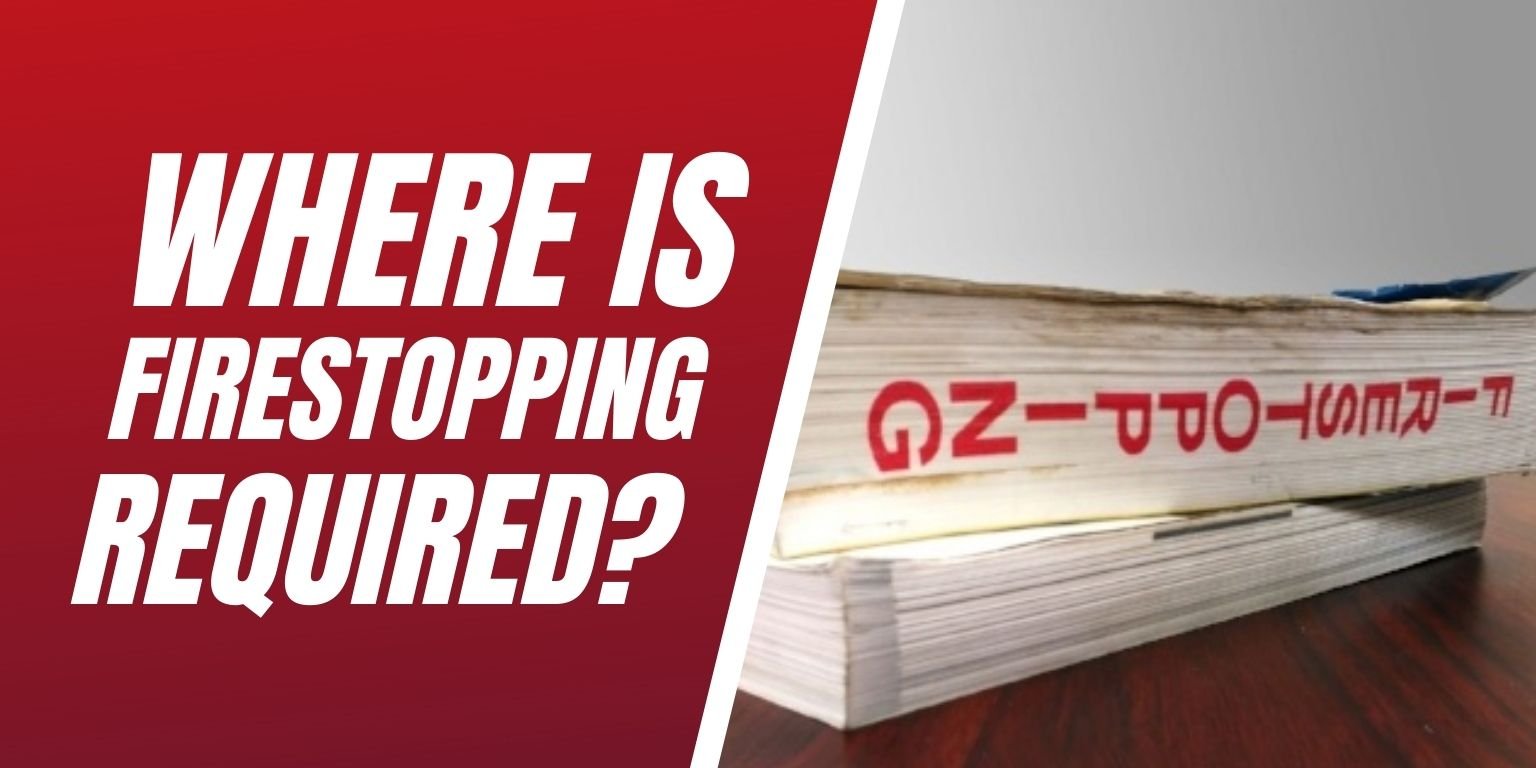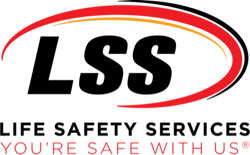
First things first, what is firestopping? It’s a passive fire protection system with a process of restoring an hourly fire endurance rating back to a fire barrier that lost its rating due to an opening created in it. Firestopping works to compartmentalize and prevent the spread of flames and smoke through a structure during a fire. This is mandated by codes and should be properly surveyed and installed.
The 2006 International Fire Code and the 2009 International Fire Code both require the routine maintenance of fire barrier walls. Walls should be properly repaired when damaged, altered, breached or penetrated. Any penetrations found should be repaired with approved methods capable of resisting the passage of smoke and fire.
Firestopping Is Required In The Following:
Through Penetrations - Any opening that passes entirely through a fire barrier wall or floor. Example: Non-damper HVAC duct or a sprinkler pipe
711.3.1.2 - "Through-penetration firestop system. Through-penetrations shall be protected by an approved penetration firestop system installed as tested in accordance with ASTME 814, with a minimum positive pressure differential of 0.01 inch of water and shall have an F rating of not less than the required fire resistance rating of the wall penetrated."
Membrane Penetrations - An opening where a service line such as a P-trap or electrical box breach one side of a fire barrier wall.
711.3.2 - Membrane Penetrations. "Membrane penetrations shall comply with Section 711.3.1. Where walls and partitions are required to have a minimum 1-hour fire resistance rating, recessed fixtures shall be so installed such that the required fire resistance will not be reduced.”
Fire-Rated Construction Joints - Firestop is required in any opening in a fire barrier whether it has something passing through it or not. This includes openings left intentionally in walls or floors for building movement, such as expansion joints (or construction joints).
8.3.5.1.1 - "The provisions of 8.3.5 shall govern the materials and methods of construction used to protect joints in fire barriers, in between fire barriers, and at the perimeter of fire barriers where fire barriers meet other fire barriers, the floor or roof deck above, or the outside walls."
Blank Opening - Usually created as old service lines or where equipment has been moved, must be restored.
8.3.3 Opening Protectives - 8.3.3.1 General. "Every opening in a fire barrier shall be protected to limit the spread of fire from one side of the fire barrier to the other."
Perimeter Containments - The Perimeter fire containment system was created to describe the gap that occurs between the end of each floor slab and curtain wall. Most floors have a 1–2-hour rating and butt up against a non-rated exterior curtain wall. There is a highly specialized use for firestop materials in this instance and requires a specialized contractor to install.
8.3.5.4.1 - "Voids created between the fire resistance–rated floor assembly and the exterior curtain wall shall be protected with a perimeter joint system that is designed and tested in accordance with ASTM E2307, Standard Test Method for Determining Fire Resistance of Perimeter Fire Barriers Using Intermediate-Scale, Multi-story Apparatus. 8.3.5.4.2 The perimeter joint system shall have an F rating equal to the fire resistance rating of the floor assembly."
Now that we know where firestopping is required within your facility, what is next? A facility firestop survey should take place which is an inspection that determines where breached fire-resistant walls and ceilings are located. LSS Life Safety Services® conducts firestop surveys that specifically focus on the breaches to compartmentation of a building. Once a survey is completed a comprehensive detailed report is generated to breakdown all penetrations within compartment walls and floors throughout the building.
LSS Life Safety Services® can help maintain your fire-rated barriers. Thus, providing a long-term solution for maintaining the integrity of your fire safety system. Our experience combined with firestop training from industry leaders such as Specified Technologies Inc. (STI), Hilti and 3M, allows us to provide the right mix of industry background and training to remain an industry leader in firestop surveys and installation.
Contact Us Here or call 888-765-4519

